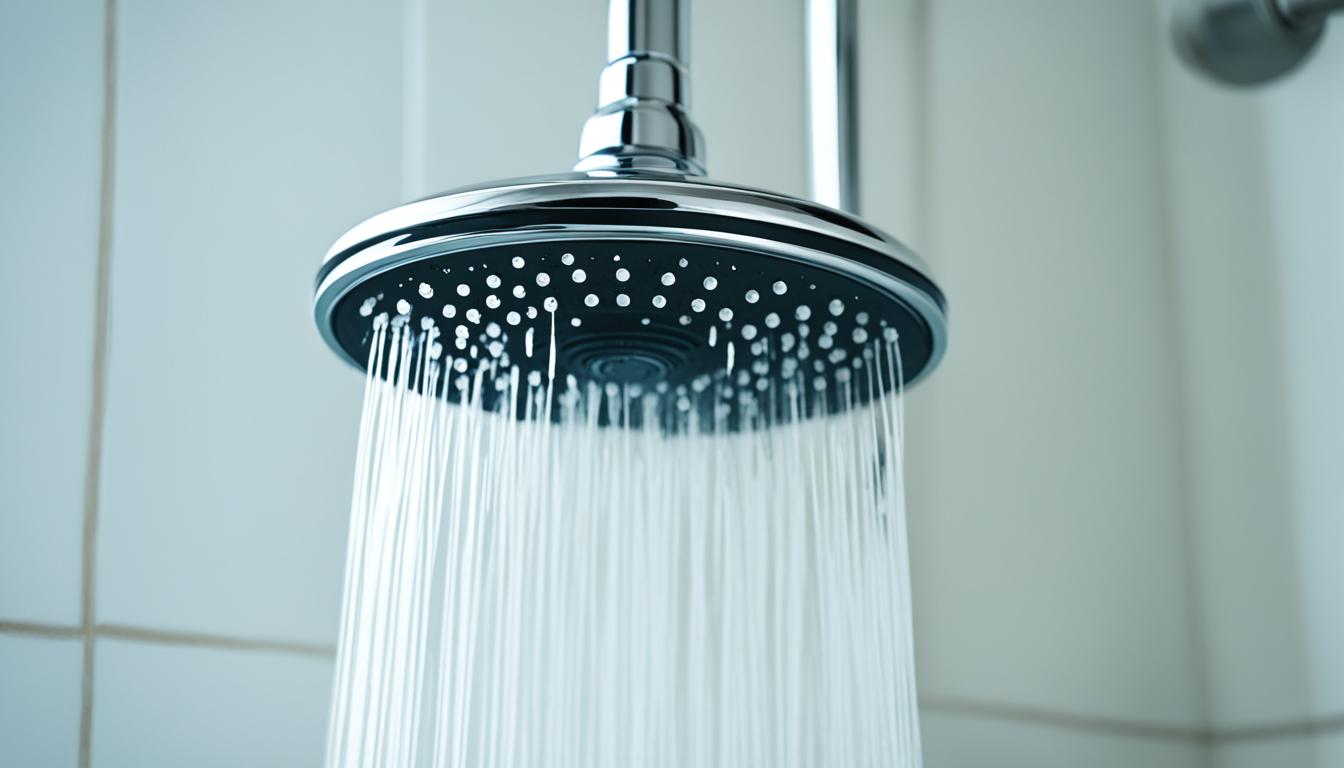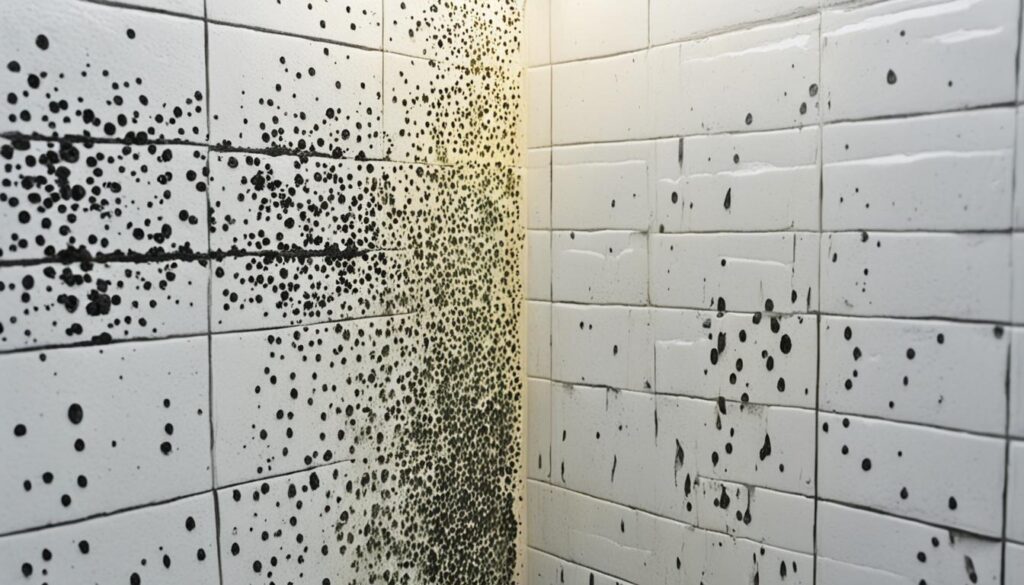
Essential Tips for black Mold in showers
Essential Tips for black Mold in showers
Preventing the growth of black mold in showers is crucial for maintaining a clean and healthy bathroom environment. By implementing a few essential tips, you can effectively combat black mold and ensure the longevity of your shower. In this section, we will explore the importance of regular shower maintenance, proper ventilation, and other proactive steps you can take to keep black mold at bay.
Maintaining Shower Hygiene
Regular shower maintenance plays a vital role in preventing black mold. After each use, ensure that you thoroughly clean the shower surfaces, including tiles, grout, and shower curtains, using a mildew-resistant cleaner. Pay close attention to corners and crevices where mold can easily thrive.
Proper Ventilation
Adequate ventilation is key to preventing moisture buildup, which can contribute to black mold growth. Make sure your shower area is well-ventilated by installing a quality exhaust fan or opening windows after showering to allow fresh air to circulate. Proper ventilation helps to reduce humidity levels and promote a dry environment, discouraging mold from developing.
Plumbing Inspections
Regularly inspect your shower’s plumbing for leaks or drips. Even minor water leaks can lead to dampness, providing an ideal breeding ground for black mold. Repair any leaks promptly to prevent moisture accumulation, making it harder for mold spores to take hold and proliferate.
Keep Shower Area Dry
After each shower, make sure to dry the shower area thoroughly. Wipe down shower walls, tiles, and fixtures with a squeegee or towel to remove any excess moisture. Additionally, consider using a mold-resistant shower mat or installing a drainage slope to divert any pooling water away from corners and crevices.
By adhering to these essential tips for black mold prevention, practicing regular shower maintenance, ensuring proper ventilation, and keeping the shower area dry, you can create an environment that is inhospitable to the growth of black mold.
| Key Points | Benefits |
|---|---|
| Regular shower maintenance | Prevents black mold growth |
| Proper ventilation | Reduces humidity levels |
| Plumbing inspections | Prevents moisture buildup |
| Keeping shower area dry | Discourages mold proliferation |
Identifying Black Mold in Showers
In this section, we will guide you on how to identify black mold in showers. Black mold can be harmful to your health and can cause damage to your home if left untreated. By recognizing the signs, performing a visual inspection, and detecting the musty odor associated with black mold growth, you can take timely action to address the issue.
Signs of Black Mold
One of the key signs of black mold in showers is the appearance of dark, slimy patches on the surfaces. These patches may be greenish-black or brownish-black in color and can spread if not treated. Pay close attention to areas that are prone to moisture, such as the shower tiles, grout lines, caulking, and shower curtains.
Visual Inspection
To perform a visual inspection, start by examining the shower area for any visible signs of mold growth. Look for discoloration, staining, or changes in the texture of the surfaces. Black mold often appears as a fuzzy or powdery growth. Use a flashlight to inspect hard-to-reach areas, such as corners, cracks, and under the showerhead.
Musty Odor
Another indication of black mold in showers is the presence of a musty odor. If you notice a pungent and unpleasant smell, similar to damp or mildew, it could be a sign of black mold growth. The odor is often stronger in enclosed shower areas with poor ventilation.
Remember, prompt action is crucial when it comes to addressing black mold in showers. Ignoring the problem can lead to further damage to your shower and pose risks to your health.

| Signs of Black Mold | Visual Inspection | Musty Odor |
|---|---|---|
| Dark, slimy patches | Examine surfaces for discoloration | Pungent and unpleasant smell |
| Greenish-black or brownish-black color | Inspect corners, cracks, and under the showerhead | Similar to damp or mildew |
| Spread if not treated | Use a flashlight for hard-to-reach areas | Stronger in enclosed shower areas with poor ventilation |
Safe Removal Techniques
In this section, we will provide safe removal techniques for black mold in showers. When dealing with mold removal, it’s essential to take the necessary precautions to protect your health. By following these effective cleaning methods, using the right products, and wearing protective gear, you can ensure a successful mold removal process.
Proper Cleaning Products for Mold Removal
Using the right cleaning products is crucial for effective mold removal. Look for products specifically designed to combat mold and mildew. These products typically contain ingredients such as chlorine bleach, hydrogen peroxide, or vinegar, which effectively kill mold spores. Avoid using regular household cleaners, as they may not be effective against mold growth.
Step-by-Step Mold Removal Procedures
When removing mold from your shower, follow these step-by-step procedures:
- Wear Protective Gear: Before you begin the mold removal process, ensure you are wearing proper protective gear. This includes gloves, goggles, and a mask to avoid direct contact with mold spores.
- Ventilate the Area: Open windows and doors to promote air circulation while working on mold removal. This helps prevent the spread of mold spores to other areas of your home.
- Prepare a Cleaning Solution: Mix the recommended mold removal product with water according to the manufacturer’s instructions. Use a spray bottle or a sponge to apply the solution to the mold-affected areas.
- Scrub the Mold: Use a brush with stiff bristles to scrub away the mold. Pay extra attention to grout lines, corners, and any porous surfaces where mold can easily grow.
- Rinse and Dry: Thoroughly rinse the cleaned areas with water to remove any residual cleaning solution. Use a clean towel or fan to ensure the shower is completely dry.
- Dispose of Contaminated Materials: Properly dispose of any materials that came in direct contact with mold, such as sponges or brushes. Place them in a sealed bag before disposing of them in the trash.
The Importance of Using Protective Gear
When removing black mold, it’s crucial to prioritize your safety. Wearing protective gear helps minimize the risk of exposure to mold spores and potentially harmful cleaning chemicals. Here’s the essential protective gear you should wear:
- Gloves: Use disposable gloves made of latex or nitrile to protect your hands from direct contact with mold and cleaning solutions.
- Goggles: Wear goggles to shield your eyes from potential splashes or irritants during the mold removal process.
- Mask: Use a particulate respirator mask to prevent inhalation of mold spores and avoid respiratory issues.
By following these safe removal techniques and using the right cleaning products and protective gear, you can effectively remove black mold from your shower while safeguarding your health.
| Cleaning Products | Pros | Cons |
|---|---|---|
| Chlorine Bleach | Effective at killing mold | Can be harmful when mixed with other cleaning agents, may damage certain surfaces |
| Hydrogen Peroxide | Natural alternative to bleach, kills mold effectively | May require repeated applications, can discolor certain materials |
| Vinegar | Non-toxic, kills most types of mold | Strong odor, may not be as effective on porous surfaces |

Conclusion
In conclusion, by following the essential tips provided in this article, you can effectively prevent, identify, and safely remove black mold in showers. Regular shower maintenance is crucial to prevent the growth of black mold. Remember to clean your shower regularly using appropriate cleaning products and techniques.
Proper ventilation is another key factor in black mold prevention. Ensure that your shower has adequate airflow to prevent moisture buildup. Consider installing a ventilation fan or opening windows to improve air circulation.
If you suspect the presence of black mold in your shower, it’s important to take prompt action. Perform a visual inspection, looking for signs such as dark spots, discoloration, or a musty odor. If black mold is detected, start the removal process using safe and effective cleaning products.
Remember to prioritize your safety during mold removal. Wear protective gear, such as gloves, goggles, and a mask, to prevent exposure to mold spores. If the mold infestation is extensive or you are unsure about the removal process, consider consulting a professional mold remediation specialist for assistance.
By implementing these preventative measures and staying vigilant, you can protect your home and health from the harmful effects of black mold. Act proactively to maintain a clean and healthy shower environment for you and your family.




